Great Reset
The US government’s ‘psychopathic’ record on bioweapons should give us pause about ‘bird flu’ claims
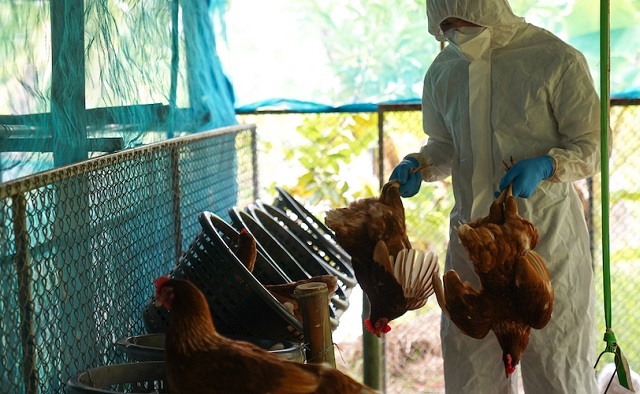
From LifeSiteNews
Farmers and citizens around the world must resist dangerous animal cullings and put governments on the defensive about the new ‘bird flu’ scare, given what we know about the abuse of bioweapons and gain-of-function research.
In a recent interview with Tucker Carlson, medical science author Kris Newby told the story of how she learned that what is known as Lyme disease is likely the product of a bioweapon. She dropped fascinating discoveries that helped lead her to this conclusion: The admissions of a CIA “black ops guy” to dropping poison ticks on Cubans and of a bioweapons contractor to mass producing fleas, ticks, and mosquitoes “weaponized” with “deadly or incapacitating” diseases.
The importance of this interview goes far beyond the question of whether Lyme disease is a bioweapon, for which she provided hard-to-ignore evidence. By giving a disturbing glimpse into U.S. military involvement in disease bioweapons, it steers even the “conspiracy skeptic” to admit to the possibility, or likelihood, that governments, including our own, continue to test and deploy such bioweapons.
One who is unafraid of facing facts and reason will come to the same conclusion as Stanford professor Jay Bhattacharya upon reviewing Newby’s research: That the “mid-20th century US biomedical research establishment was psychopathic,” as shown by its knowingly “deadly investigations in the name of developing vaccines and bioweapons.”
But human nature doesn’t change, and if the biomedical establishment had psychopathic tendencies less than a century ago, there will be people within it with those same tendencies today, as Bhattacharya concludes, pointing out that this “may help explain many things about the COVID pandemic.”
This question of government involvement in bioweapons production is taking on fresh and urgent relevance as the WHO redoubles its efforts to pass a freedom-restricting, national sovereignty-overriding Pandemic Treaty and as a bird flu scare is emerging.
Despite the fact that evidence overwhelmingly shows COVID-19 was a gain-of-function bioweapon used as an excuse to push harmful “vaccinations” around the world, the public is expected to unquestioningly swallow the idea that there is no agenda or deliberation behind a bird flu outbreak. Moreover, we are to believe bird flu is such a threat that it necessitates the mass culling of millions of chickens, severely restricting our food supply.
Already, there are plans to kill over four million chickens in Iowa after the avian influenza was reportedly detected among a flock in Sioux County. A leaked Zoom meeting involving Canada’s chief public health officer, Theresa Tam, shows a government team discussing measures it can take to curb or prevent potential outbreaks in Canada: searching farms for positive bird flu cases in animals and quarantining those farms; surveillance and tracking of infection cases; honing in on the production of raw milk; and even searching for infection in “farm cats,” which they acknowledged is a delicate endeavor, since they are cherished as pets.
In a recent interview with Alex Jones, Dr. Peter McCullough warned that PCR testing animals for bird flu is only going to “create a false case count” as well as “orders for mass culling.”
“I don’t think this is a threat to mankind. I think this is a giant threat to the food supply because of this elective mass destruction of livestock,” said Dr. McCullough, who went on to suggest that the animals ride out the infections without being killed by the masses. He also called for an investigation into gain-of-function research, suggesting that this bird flu, like COVID-19, may be the result of such research.
Remarkably, the scientist Dr. Michael Gregor, a vegan who once once testified on behalf of Oprah Winfrey in her “meat defamation” trial, has repeatedly claimed that chicken farms will trigger an apocalyptic virus that will threaten half of humankind. In 2006, he published a book called Bird Flu: A Virus of Our Own Hatching, in which he warns that “leading public health authorities now predict as inevitable a pandemic of influenza, triggered by bird flu and expected to lead to millions of deaths around the globe.”
In his 2020 book “How to Survive a Pandemic,” he recommends that humans eventually not eat poultry at all, asserting, “As long as there is poultry, there will be pandemics. In the end, it may be us or them.”
In fact, one Amazon book reviewer believes his title is a misnomer and should be replaced with the following: “How Raising and Consuming Animal Flesh Causes Pandemics, and (By the Way) How to Survive One.”
In other words, in order to avoid total apocalypse, humanity must face economic devastation as well as likely malnutrition and health deficits from the inability to consume animal flesh. Globalists including the World Economic Forum (WEF) and Bill Gates already want the world to transition to synthetic beef “for the climate.” Are we to believe that eliminating animal flesh, a staple of human diets going back thousands of years, is genuinely good for the welfare of mankind?
Targeting chickens also conveniently aims a blow at those who are seeking to opt out of the globalist system by producing their own food, especially since the most accessible source of animal protein is chicken eggs and meat, available even to non-farmers.
The globalists, however – pardon the pun – prefer to kill two birds with one stone. A bird flu outbreak could accomplish another major destructive goal of the globalists: Dr. McCullough thinks that the “end game” of this bird flu is “mass vaccination.” He pointed out that the military contractor Biomedical Advanced Research and Development Authority (BARDA) has already helped develop a bird flu vaccine which has been cleared by the FDA, and on Thursday, it was reported that the U.S. government is close to an “agreement to fund a late-stage trial of Moderna’s mRNA bird flu vaccine.”
Farmers and citizens around the world must resist mass animal cullings and put governments on the defensive, in light of what we know about the abuse of bioweapons and gain-of-function research. We have every right to question the origins and true danger of a new “pandemic,” considering what we’ve learned and witnessed during the COVID-19 outbreak. We cannot let globalists destroy lives in the name of saving them.
Dr. Robert Malone
WHO and G20 Exaggerate the Risk and Economic Impact of Outbreaks
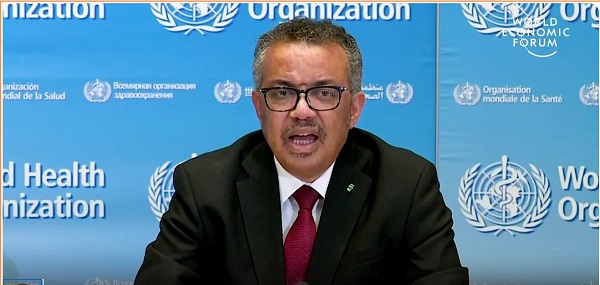
From Malone News
Poor quality modeling is being used by WHO and a G20 panel to project our risk of infectious disease pandemics and the financial requirements to address them.
Previously considered a once in a century event, major pandemics are now predicted to occur every 20 to 40 years.
Global authorities view this as an existential threat, and have called for a coordinated international response led by the World Health Organization or the WHO…but not everyone agrees with this perspective.
Researchers from the University of Leeds, including policy experts, Professor Garrett Brown and Dr David Bell, are challenging the assumptions behind these dire warnings. They question whether the massive resources being allocated to pandemic preparedness are truly supported by the evidence.
One of their critiques centers on a chart frequently cited by the WHO, which appears to show a dramatic increase in the outbreaks over the past two decades. Brown and Bell say the chart omits crucial historical context and misrepresents today’s health threats.
Long-standing diseases like yellow fever, influenza, cholera, and the plague have been steadily brought under control, and outbreaks of diseases like monkey pox or natural coronaviruses have likely remained consistent over time, but what has changed, they say, is our improved diagnostic technology enabling us to distinguish diseases more readily than ever before.
Essentially, as surveillance increases, so does the likelihood of finding diseases that may have existed but previously went unnoticed.
In reality, mortality from infectious diseases has been declining for decades, thanks to advances in hygiene, nutrition, medical treatments and reduced poverty, even with COVID 2020, to 2021, mortality remained below 2010 levels.
The WHO has identified nine priority diseases for research and development, yet five of these diseases have never caused more than 1000 recorded deaths in history, aside from COVID 19, whose origins remain a topic of debate, the rest of the diseases are largely confined to specific regions, primarily in parts of Africa.
On the list the WHO also includes a hypothetical outbreak that they call disease X – it’s a placeholder for an unknown outbreak that could emerge in the future.
And while it’s intended to promote vigilance, its severity is entirely speculative and can encourage modelers to use catastrophic scenarios to estimate future risk, causing governments to make fear-based policy decisions based on little evidence.
Brown and Bell are concerned that so much focus on speculative pandemic preparedness is diverting critical resources away from urgent health issues such as tuberculosis and malaria.
Tuberculosis alone kills 1.3 million people annually, while malaria accounts for over 600,000 deaths, mostly among children.
Although testing and treatment for these diseases is relatively inexpensive, their funding could be at risk as more resources are directed towards hypothetical future threats in 2022 a high level, independent panel was convened by the G20 to review our risk of pandemics and the financial requirements to address it.
But again, the two main pieces of evidence the panel relied on to draw its conclusions grossly exaggerated the actual risk of a pandemic.
The first report provided by the G20 panel analysed the major outbreaks of the past two decades, and it was poorly referenced, excluding Covid-19 and the 2009 swine flu, which caused fewer deaths than seasonal flu, the total number of deaths from these events over the last 20 years was under 26,000 a relatively insignificant figure in the context of global disease burdens.
The second report was from Metabiota, a former private. US based corporation, the two graphs provided appear to show an exponential increase in recorded outbreaks. Yet the researchers point out that this trend aligns with the development of modern diagnostic technologies, which naturally increase the detection of previously unnoticed diseases, indeed, the absence of recorded disease outbreaks in the 60s coincides with a lack of technology and communication systems needed to document them.
Metabiota report also included data from an article published in the British Medical Journal in 2023 it shows the rise in mortality outbreaks over the last decade is almost entirely due to Ebola outbreaks – and when these Ebola deaths are excluded from Metabiota data – the mortality trend over the last two decades shows a clear decline – a finding that contradicts the narrative of increasing pandemic risk, the financial demands of the pandemic agenda are another concern.
The G20 panel relied on a report released by the World Bank and the WHO in 2022, which sought $31.1 billion in funding, and an additional World Bank report, using poorly supportive data, sought another 10 to 11 billion annually.
On top this report referenced a 2020 study by Maryanne, which also claimed to show an increase in the frequency of disease outbreaks, but closer inspection reveals the opposite, a sharp decline in disease outbreaks between 2010 and 2020 – and like the Metabiota report – this World Bank report overlooks the fact that the development of new diagnostic tests could account for any observed increase In disease outbreaks since 1960.
Finally, the WHO report exaggerates the economic impact of outbreaks by including extraordinary costs of actions, such as stimulus packages, while downplaying the costs of endemic diseases used for comparison.
This creates a false impression that these relatively low fatality outbreaks were costlier than other diseases, and that such costs could be fully avoided while preparing for pandemics is undoubtedly important.
Brown and Bell argue that the narrative of escalating pandemic threats is misleading. They suggest that the risk from naturally occurring disease outbreaks may actually be decreasing with the rise in detected outbreaks, primarily a result of better diagnostic tools.
Researchers warn that essential global priorities such as cancer, tuberculosis, malaria and nutrition support could be neglected. For example, funding for nutrition development dropped 10% in 2020 and has yet to return to pre pandemic levels.
If resources continue to be diverted towards speculative future scenarios, proven efforts to combat the world’s deadliest diseases may be overshadowed and ultimately cause more harm than good.
Business
Publicity Kills DEI: A Free Speech Solution to Woke Companies

For years, major corporations bragged about their wonderful Diversity, Equity, and Inclusion (DEI) programs. They’re good for business and morally correct, they said. So why are they now cutting those programs?
Robby Starbuck says these programs once got a lot of buy-in, because people wanted to be nice! But DEI came to mean much more than just being nice.
Starbuck says what it looked like in practice was “crazy trainings” and “overtly racist hiring practices.” Now lots of people agree with him.
Companies actually take notice when Starbuck tells his many followers about their DEI programs. Often the programs get dropped.
That’s the power of free speech.
After 40+ years of reporting, I now understand the importance of limited government and personal freedom.
——————————————
Libertarian journalist John Stossel created Stossel TV to explain liberty and free markets to young people.
Prior to Stossel TV he hosted a show on Fox Business and co-anchored ABC’s primetime newsmagazine show, 20/20. Stossel’s economic programs have been adapted into teaching kits by a non-profit organization, “Stossel in the Classroom.” High school teachers in American public schools now use the videos to help educate their students on economics and economic freedom. They are seen by more than 12 million students every year.
Stossel has received 19 Emmy Awards and has been honored five times for excellence in consumer reporting by the National Press Club. Other honors include the George Polk Award for Outstanding Local Reporting and the George Foster Peabody Award.
_ _ _ _ _ _ _ _
To get our new weekly video from Stossel TV, sign up here: https://www.johnstossel.com/#subscribe
_ _ _ _ _ _ _ _
-

 2025 Federal Election2 days ago
2025 Federal Election2 days agoPoilievre refuses to bash Trump via trick question, says it’s possible to work with him and be ‘firm’
-

 2025 Federal Election2 days ago
2025 Federal Election2 days agoPoilievre to let working seniors keep more of their money
-

 Community2 days ago
Community2 days agoSupport local healthcare while winning amazing prizes!
-
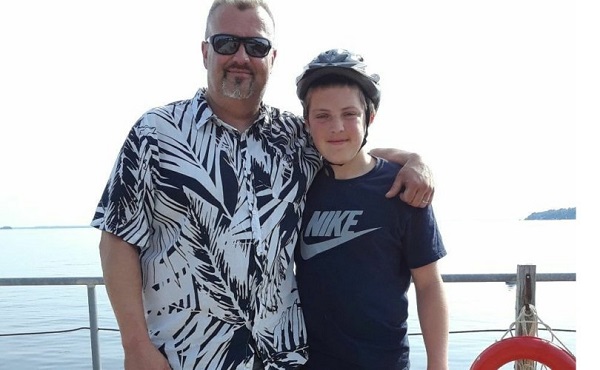
 COVID-192 days ago
COVID-192 days ago17-year-old died after taking COVID shot, but Ontario judge denies his family’s liability claim
-
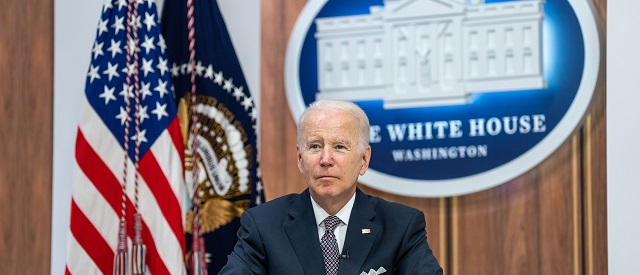
 Daily Caller2 days ago
Daily Caller2 days agoCover up of a Department of Energy Study Might Be The Biggest Stain On Biden Admin’s Legacy
-

 International2 days ago
International2 days agoVice President Vance, Second Lady to visit Greenland on Friday
-
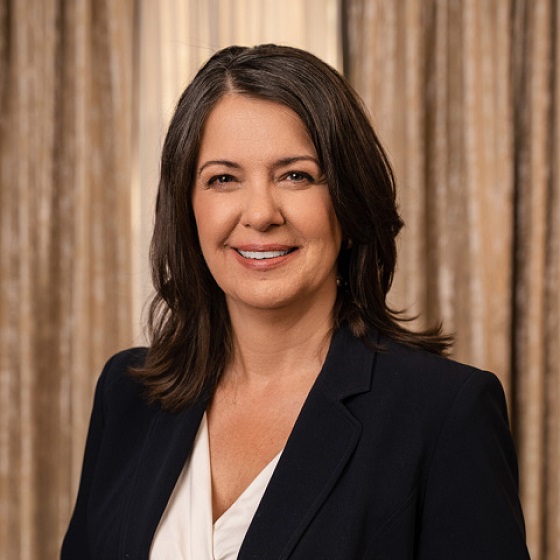
 Business2 days ago
Business2 days agoWhile “Team Canada” attacks Trump for election points, Premier Danielle Smith advocates for future trade relations
-
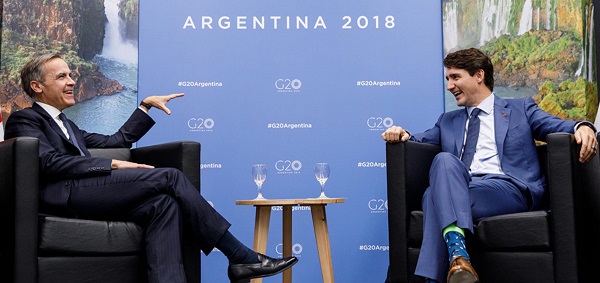
 2025 Federal Election1 day ago
2025 Federal Election1 day agoFool Me Once: The Cost of Carney–Trudeau Tax Games




